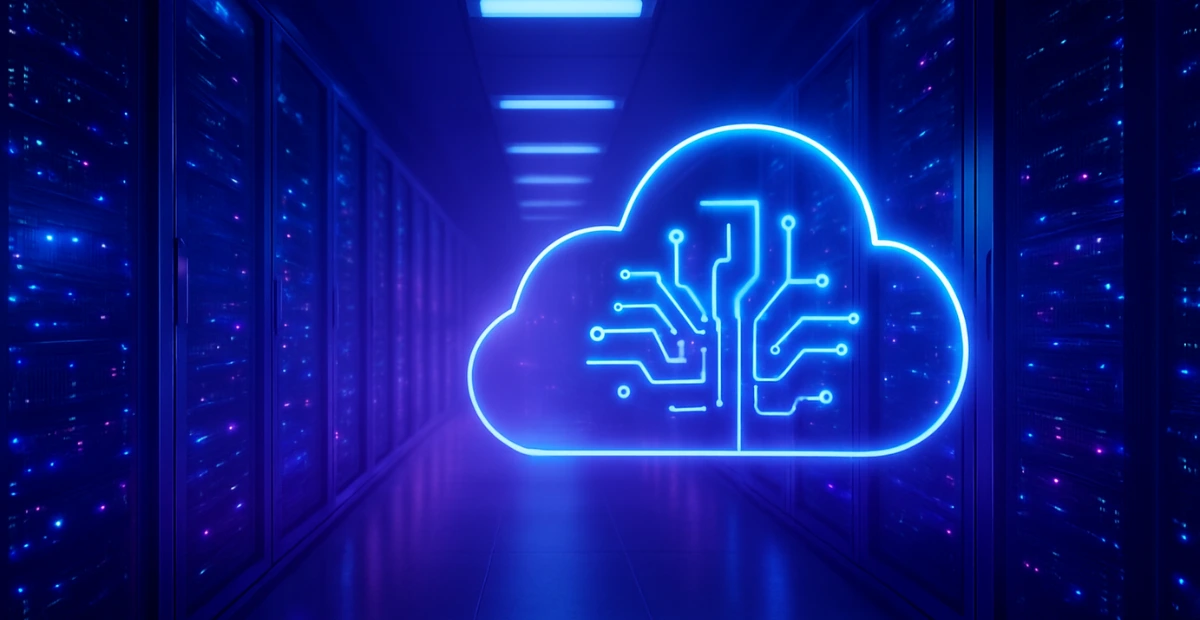Artificial Intelligence is no longer a futuristic dream. It powers our smartphones, helps doctors diagnose diseases faster, runs self-driving car models, and even recommends what we watch on Netflix. But behind the scenes, there is a massive amount of computing power making all this possible. The real challenge is not just creating AI models but scaling them for billions of users across the globe.
This is where AWS (Amazon Web Services) steps in, building the backbone for AI at scale through groundbreaking infrastructure innovations like HyperPod, 10p10u networking, and P6 UltraClusters.
In this article, we will take a deep dive into how AWS is tackling AI infrastructure challenges and why these advancements matter, whether you are a tech enthusiast, a business owner, or simply curious about the future of technology.
Credit: AWS Blog
The Growing Demand for AI Infrastructure
AI models today are far more advanced than they were a decade ago. Training a modern large language model (LLM) or generative AI system requires trillions of parameters and enormous amounts of data. These workloads cannot be handled by ordinary servers or small data centers. They need specialized GPUs, advanced networking, and highly optimized clusters that can scale seamlessly.
Without such infrastructure, companies would face limitations in training speed, cost efficiency, and deployment scale. AWS recognized this bottleneck early and started designing purpose-built systems that enable businesses and researchers to push the boundaries of AI innovation.
HyperPod: The Foundation for AI Training
One of AWS’s most exciting innovations is HyperPod, a system designed specifically to make AI training at scale faster and more efficient. HyperPod allows researchers to run massive workloads without worrying about the complexities of networking and resource allocation.
Imagine a classroom where instead of students waiting their turn to use one computer, they all have access to a shared, super-powered machine that divides its resources intelligently. That is essentially how HyperPod works—it optimizes training workloads across hundreds or thousands of GPUs, ensuring that no resource goes unused.
This means companies can train larger models in shorter times, making AI development more cost-effective and accessible.
10p10u Networking: The Secret Ingredient
If HyperPod is the brain, then 10p10u networking is the nervous system. Training AI at scale requires constant communication between thousands of GPUs. A single delay or bottleneck can slow down the entire process.
AWS developed 10p10u networking to solve this problem. It allows ten pods of ten units each to work together seamlessly, enabling faster data transfer and coordination. Think of it like a superhighway with multiple express lanes where traffic flows smoothly, instead of a narrow road where cars get stuck.
This innovation ensures low latency, high bandwidth, and reliable connectivity—exactly what AI workloads need to function at their best.
P6 UltraClusters: Scaling Beyond Limits
The P6 UltraCluster represents the peak of AWS’s AI infrastructure innovation. It combines HyperPod and 10p10u networking into massive clusters that can handle the most demanding AI workloads.
These clusters are built with NVIDIA H100 Tensor Core GPUs, delivering cutting-edge performance for training large models. With this setup, businesses can go from concept to deployment faster, whether they are working on natural language processing, computer vision, or scientific simulations.
UltraClusters are also designed to scale elastically. This means companies do not have to build expensive infrastructure from scratch. Instead, they can rent only the resources they need from AWS and scale up as their projects grow.
Why This Matters for Businesses and Developers
The innovations by AWS are not just about raw power. They are about enabling accessibility. In the past, only tech giants with billion-dollar budgets could dream of training large AI models. Today, thanks to AWS infrastructure, even startups and research labs can compete on a global stage.

For businesses, this means faster time to market, reduced operational costs, and the ability to experiment with new ideas without being limited by infrastructure. For developers, it means the chance to build and scale applications that can change the world.
Challenges AWS is Tackling
AI infrastructure is not without challenges. Some of the biggest hurdles include:
- Energy efficiency – training large AI models consumes enormous amounts of electricity. AWS is investing heavily in sustainable data centers and renewable energy.
- Data management – as models grow, so does the need for storage and secure data handling.
- Cost optimization – ensuring that advanced infrastructure remains affordable and scalable.
By addressing these issues head-on, AWS is positioning itself as the global leader in cloud-based AI innovation.
What This Means for the Future of AI
The combination of HyperPod, 10p10u networking, and P6 UltraClusters is more than just technological advancement. It is the foundation of a new era of artificial intelligence.
Imagine a world where AI can analyze global climate data in real time to fight climate change, assist doctors in diagnosing rare diseases instantly, or power smarter cities with efficient traffic systems. These are no longer far-fetched dreams but achievable realities with the infrastructure AWS is building.
AWS has built the backbone for AI at scale by addressing the toughest challenges of training and deploying large models. With HyperPod, 10p10u networking, and P6 UltraClusters, the company has created an infrastructure that empowers innovation across industries.
For businesses, this is an opportunity to harness world-class AI infrastructure without building it from scratch. For developers, it opens doors to innovation that were previously locked. And for society as a whole, it brings us closer to a future where AI is not just powerful, but also accessible and beneficial for all.
The journey is far from over, but one thing is clear: AWS has laid the foundation for the next generation of AI.

